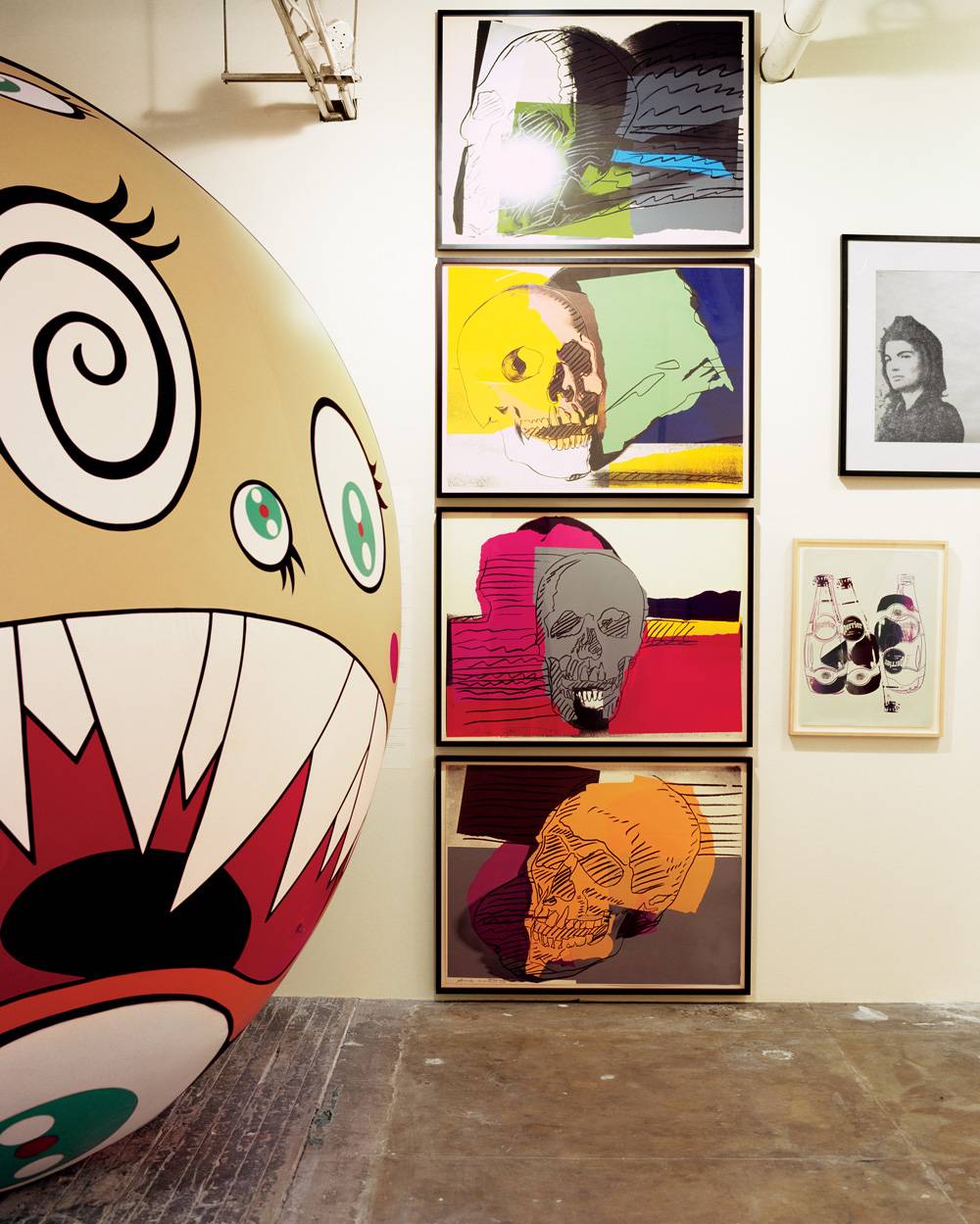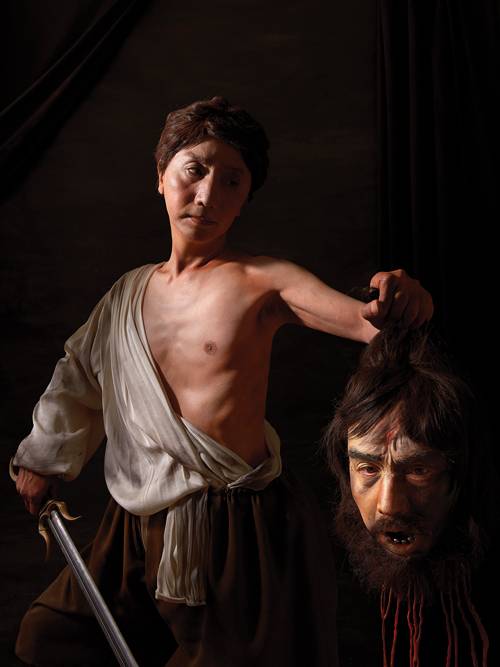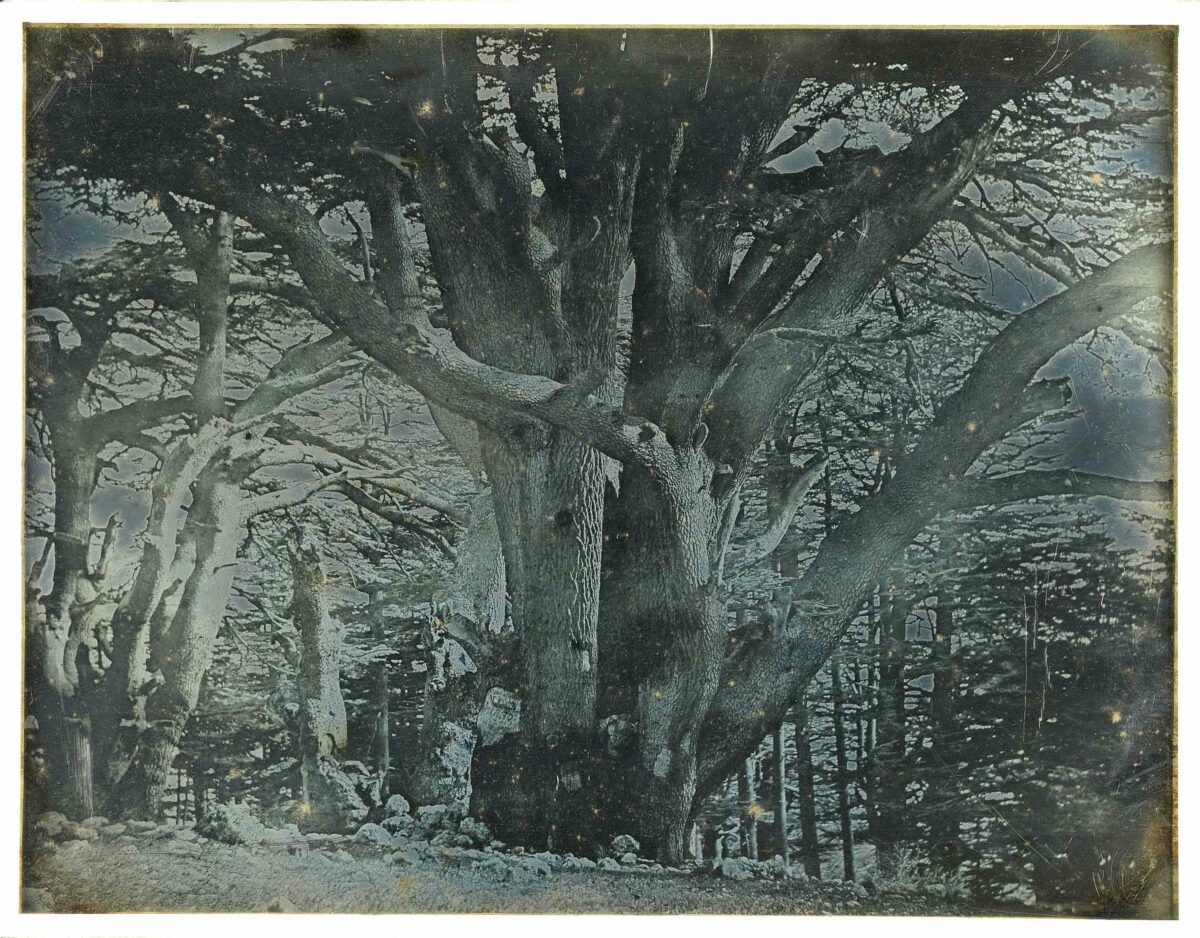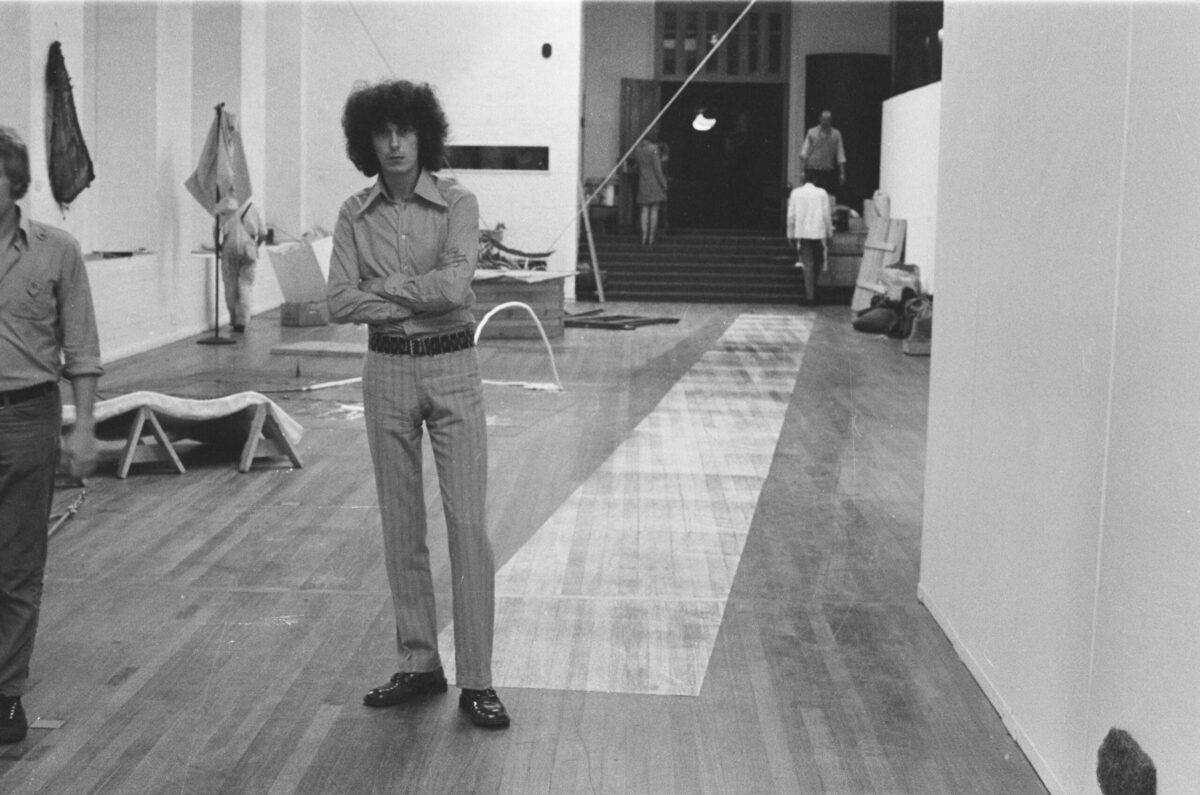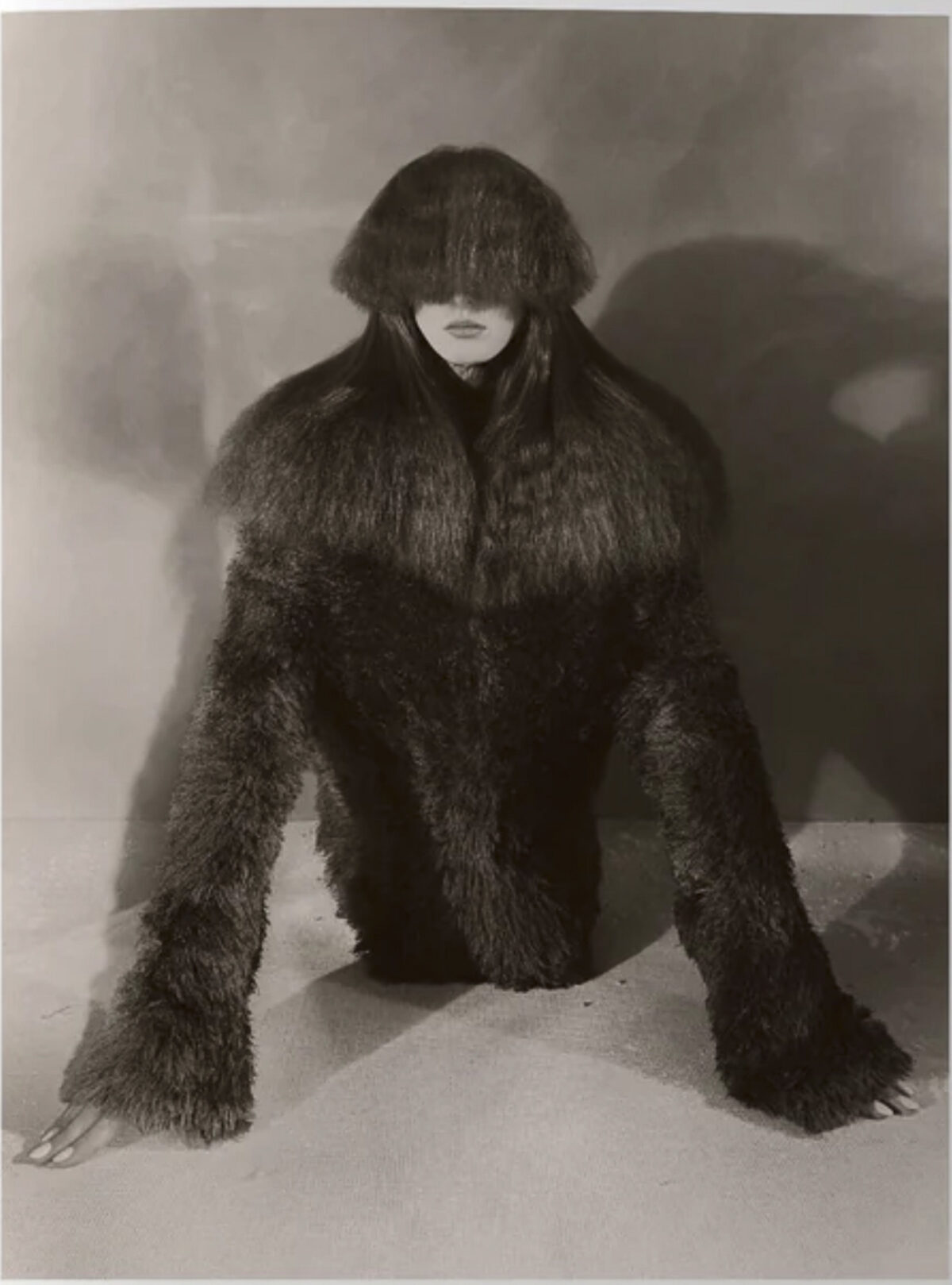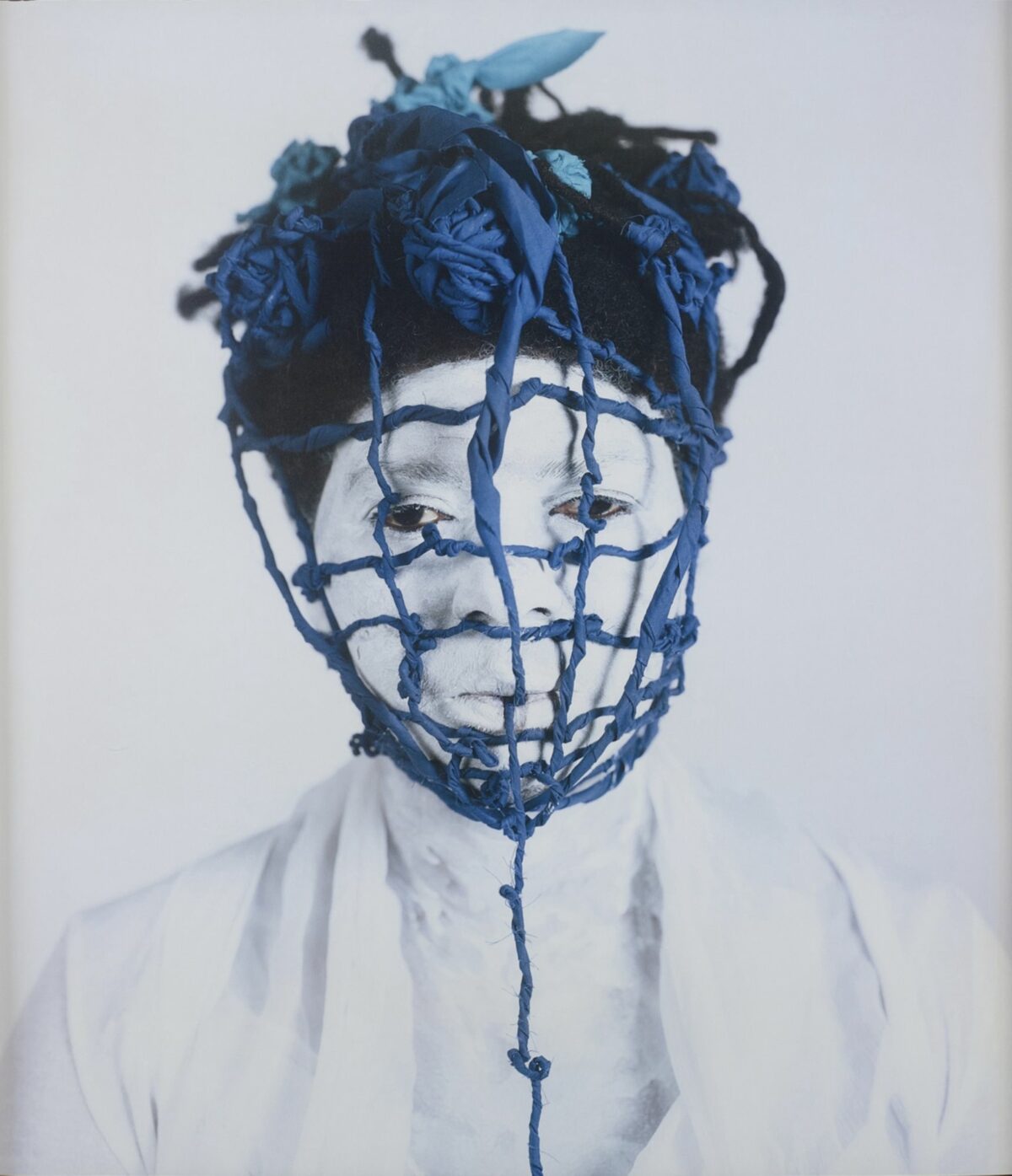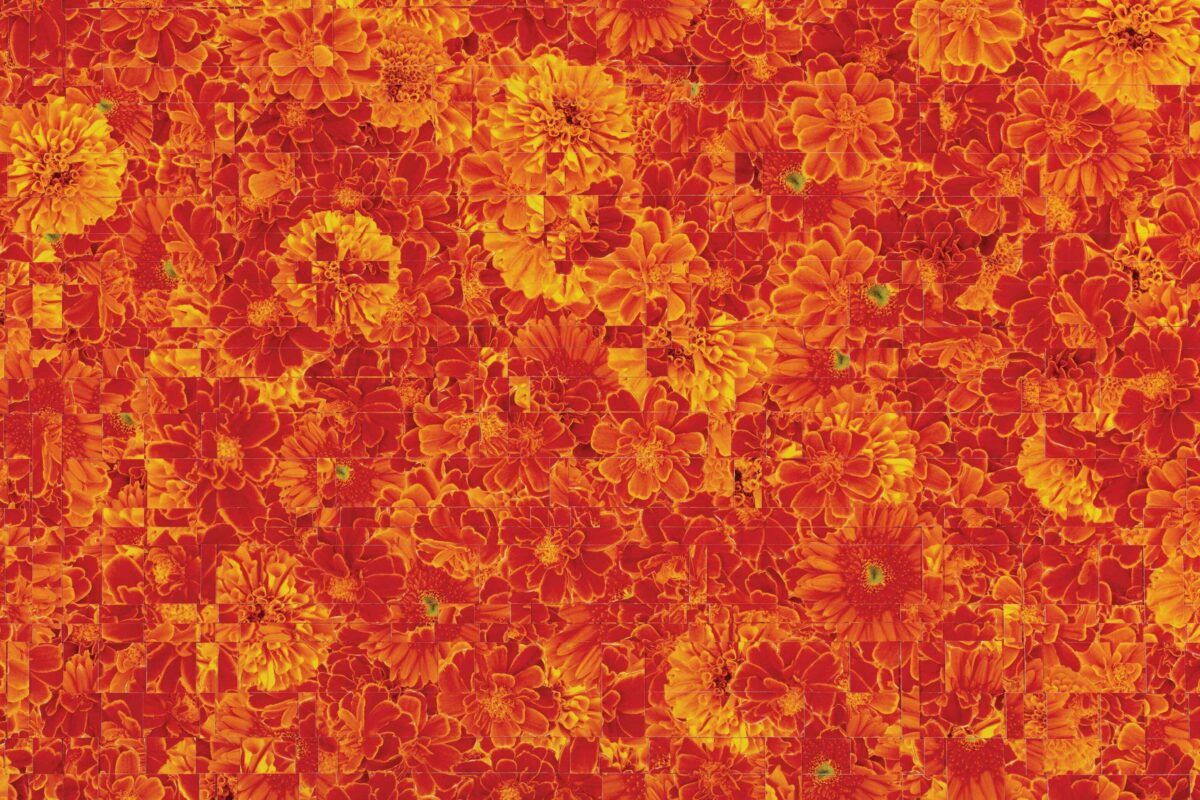Restless and nomadic in his creativity, David Wojnarowicz worked in whatever medium he could get his hands on – stencils, sculptures, collages, paintings, drawings, filmmaking, prose, performance, installation, silkscreens, comics, music, and photography. He was experimental by nature and discipline, and a variability in materials offered routes around both personal blocks and the expectations of the market, which he continuously tried to confound. The range of media also provided avenues for collaboration, leading to an artistic community that sustained him. Wojnarowicz’s profound sense of being misunderstood compelled him to be one of the great communicators of his generation. He was driven by ideas, expressed through his deft manipulation of visual language, but his work was tethered first and foremost to an idea of art as an ideological weapon of political and social consequence, a form of pictorial mischief meant to transgress and defy the suffocating normalcy of the status quo.
When Wojnarowicz started to produce photographs, in a flurry and with a fury that made them remarkably more substantial than the amateurish and tangential way so many other artists stick their toes into the medium, there was, for many of us, a collective wonder as to where they came from. They were, by any measure, signature works, complete and precise articulations of his complex, visionary subversion of the humanist paradigm, but they were also quite unlike his other practices.
Wojnarowicz’s style, so fluid and migratory, favored a kind of brutal urgency over absolute proficiency. His practice reflected the DIY autodidact ethos of the New York post-punk milieu from which it emerged, and it had the unmistakable hit-and-run tactics of guerilla warfare, an of-the-moment approach to radical invention and spontaneous assault. You could almost smell the petrol burning in the bottle with everything he did. He was an artist to such a degree that you could write it out in capital letters, yet he remained forever wary of the ways in which art gets capitalized, the nagging degree to which fine-art prints bespoke a finesse and finish that sit too snuggly with the comforts and complacencies of cultural consumerism. How he evolved from the truly punk and personal photographic entries of his early Arthur Rimbaud in New York series (1978-79) to the eloquence and universality of his photographs from the late Eighties is not simply a story of gradual mastery but a formal aesthetic shift in which the iconoclast and iconographer become one, a shift one can track in the retrospective David Wojnarowicz: History Keeps Me Awake at Night, opening at the Whitney Museum July 13.
Wojnarowicz was not a compulsive photographer, and his photographic output is among the most careful and considered within his oeuvre. If you were likely to run into Wojnarowicz with paint on his jeans, going to a gig or hauling some disturbing mélange of rubbish and artifacts for a sculpture or installation project, you never really saw him walking around with a camera (at least in my memory). Though he worked in the streets – part of a generation that, inspired by the explosion of graffiti, tried different illegal gestures in public spaces that would become the roots of our current Street Art phenomenon – he abstained from the great New York tradition of street photography. The sum of his photographs, though substantial, is far from prolific in the sense of a typical shutterbug. It is important to register his deliberateness with the camera, as well as the labor he put into making his prints: carefully constructed compositions holding multiple images, built like his protean collage work and framed with the sequential semi-linear logic of comics.
Curiously, for someone who could be both shy and antisocial, it is possible that there are as many photos of Wojnarowicz as photos he produced, but this is also a clue to his relationship to the camera. Most consequential was his long relationship with the photographer Peter Hujar, whose greatness was no less in question than his irascible disdain for the art world in general and the photo world in particular. Their collaborations, equal parts an act of love and solidarity and a reflection of their critical distance from the soulless machinations of most contemporary cultural production and dissemination, are most memorable in the portraits they did of one another. In these portraits, isolation finds the company of empathy, and male desire is repositioned at some evasive space between the rugged and the frail. Exquisitely sad but in the most noble of terms, Hujar’s portraits of Wojnarowicz from the early ‘80s show definitively how Hujar’s eye shaped Wojnarowicz’s work, bringing to it an elegant and elegiac classicism that had not been present in the jaggedly pop-culture infused vernacular of his art before then. Hujar’s aesthetic is reflected in Wojnarowicz’s work print Peter Hujar on the Floor, which became the basis for his breakthrough stencil paintings collectively (though loosely) known as Peter Dreaming, and most poignantly encapsulated in the memento mori portraits Wojnarowicz did of his friend, collaborator, and lover after he died from AIDS complications on Thanksgiving 1987.
Another long-term friendship that bears great importance on Wojnarowicz’s development was his work with the French photographer Marion Scemama, who helped David realize much of his photo-based work, as well as a number of less obvious figures, including German photographer Andreas Sterzing and the late photographer and dealer Timothy Greathouse, whose work with Wojnarowicz no doubt proved instrumental in his otherwise self-taught mastery of the medium.
While the associations and influences Wojnarowicz enjoyed in the tragically brief time between the Rimbaud series and his very last photographs before his death in 1992 go some way towards explaining the extraordinary development of his craft and vision over this period, his photographs remain somehow uncanny, dissimilar to anyone working at that time. Some of these, notably his Sex Series of 1989 but also Dust Track and Weight of the Earth, have that characteristic visual compression, velocity, and epic scope we associate with the best of his late paintings, ransom notes for a future that’s been robbed of promise. But to this day, what enthralls younger audiences and still moves us to tears are his single images without the mediation of composite collage. Wherever Wojnarowicz wandered as an artist, and it was indeed far and wide, he was first and foremost a great storyteller. His was truly a narrative art in the best sense of this oft-maligned tradition, so we must always contend with how his pictures served their story. Certainly we see this in the last works he made (part of a series left incomplete by his death) When I Put My Hands on Your Body and Sometimes I Come to Hate People, where the full marriage of art and text gives a spellbinding intimation of just how much further he still had to go creatively. But it is in his emblematic single-image textless works, of his face emerging from the soil or of buffalos herding off a cliff, that the enigma of it all belies the story. Haunting and mesmerizing as a lucid dream, these photos are sui generis, partly allegory and wholly visionary, burning themselves into the retina and the imagination alike, irrational in the only ways that can make sense of a senseless world, bedtime stories for the dying, a last will and testament to the horror and beauty of life itself.



